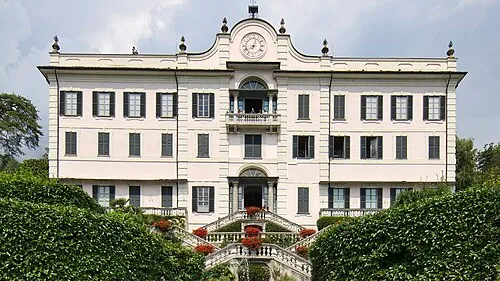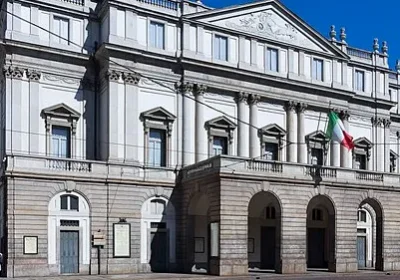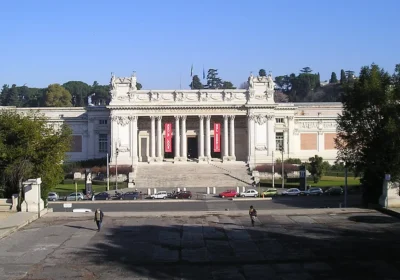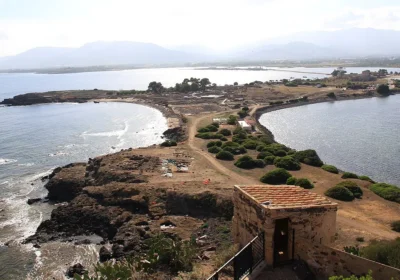Situated in one of the most picturesque spots on Lake Como, it is a rare place of beauty.
Where nature and the works of human hands harmoniously merge into one. Built in the late 17th century for the noble Clerici family, the villa impressed contemporaries with its understated grandeur, statues, fountains and magnificent Italian-style park.
Now this landscape style is quite rare, as it was supplanted in the IXX century by new fashions. All the more precious is the little corner of classical antiquity at the entrance to the villa, with its geometric pattern of flowerbeds framing a fountain with a statue of the mythological Orion, and some of the works of art with which Gian Battista Sommariva (an ambitious figure of the Napoleonic era) decorated the villa are still in the elegant interiors of the palace.
The sculptural works of Thorvaldsen, Canova and his school deserve special attention. Gustave Flaubert was so enchanted by the sculptural group “Cupid and Psyche” that he could not resist capturing a kiss on the lips of the marble heroine. He was by no means the only guest of honour: Villa Carlotta has become an important stop on the Grand Tour.
The pride of this paradise is the fabulously beautiful garden (70,000 square metres), which attracts visitors from all over the world. The garden was created by the last owner, the Duke of Saxe-Meningen, a passionate lover of botany. Plants from all over the world can be found here. The favourable climatic conditions and the special fertility of the soil create ideal conditions for this unique plant community. In March the villa opens with the blooming of camellias, of which there are more than a hundred species, and in April and early May the azaleas bloom, of which there are more than 150 species. Experienced gardeners plant the azaleas, subtly selecting colour combinations and pruning the bushes in a special way. It’s a sight that defies description, you have to see it for yourself.
The garden includes Lebanese cedar and American sequoias; Douglas pine, whose needles smell like apple when rubbed in the hand; a shady valley of ferns and an orange avenue; a rocky garden; an oriental-style garden with bamboo and babbling brooks; a unique grove of Himalayan rhododendron, which, apart from its natural habitat, can grow only here; and, as the final chord of this natural symphony – the cheeky “unattractive” Central African mimosa. If you touch its leaves, they shrink, only to open again very slowly.
Runs from March to November.

















